Charging your electric vehicle is easy, you plug it into your vehicle supply equipment, adapter, or charging station. You need to charge your vehicle regularly and the length of time it takes for your vehicle to charge will depend on various things. The type of equipment you are using, the batter type, the amount of range left on your battery between charges, and the battery's energy capacity will all affect the time. Charge times can vary from 20 minutes to longer than 20 hours depending on those variances.
There are different classifications of power provided to your electric vehicle battery. Some convert AC power to DC electricity and some are DC fast charging, which provides DC electricity to your vehicle.
AC 120 Volt
This requires you to use a cord with a standard household plug and the other end has a connector standard to your vehicle requirements. This is a common household option because there is no installation required of other equipment. AC 120 Volt charging works anywhere there is a 120 Volt outlet available, which is pretty much anywhere. This type of charging can add up to 5 miles of range per hour, depending on your battery and vehicle type.
AC 220/240 Volt
220 Volt charging can require you to install the correct outlet for this service or you can use your appliance outlet. Many homes have 220 Volt appliance outlets, most commonly used for your dryer. If you get an adapter you can turn your 220 Volt dryer outlets into an electric vehicle charging station at your own home. This is convenient for overnight charging. This type of charge can add up to 60 miles of range per hour of charge time, depending on your battery and vehicle.



DC Rapid Charging
DC rapid charging is 480 Volts of AC, allowing for rapid charging. This type of charge can add up to 100 miles of range in as little as 20 minutes of charging. This type of charge is used at charging stations and is great for areas of heavy traffic.
You can find charging stations nearby or along your scheduled route by using this link: afdc.energy.gov/locator/stations
If you want to install any type of equipment for 220 Volt charging into your home or office, you may need to obtain a permit, be required to hire a licensed electrician, and have an inspection done, depending on your local, state, or government codes and safety regulations.
If you are an electric vehicle owner, share with us what your setup is for charging your vehicle at home. Leave your thoughts in the comments below.

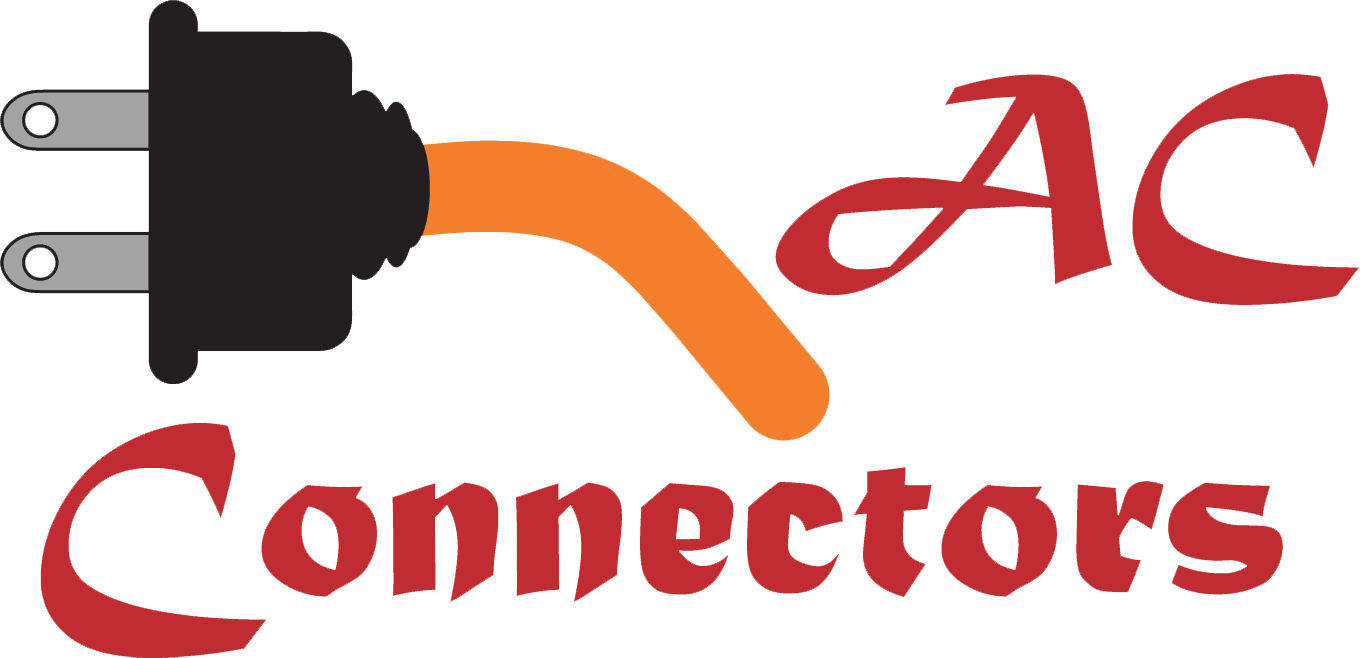

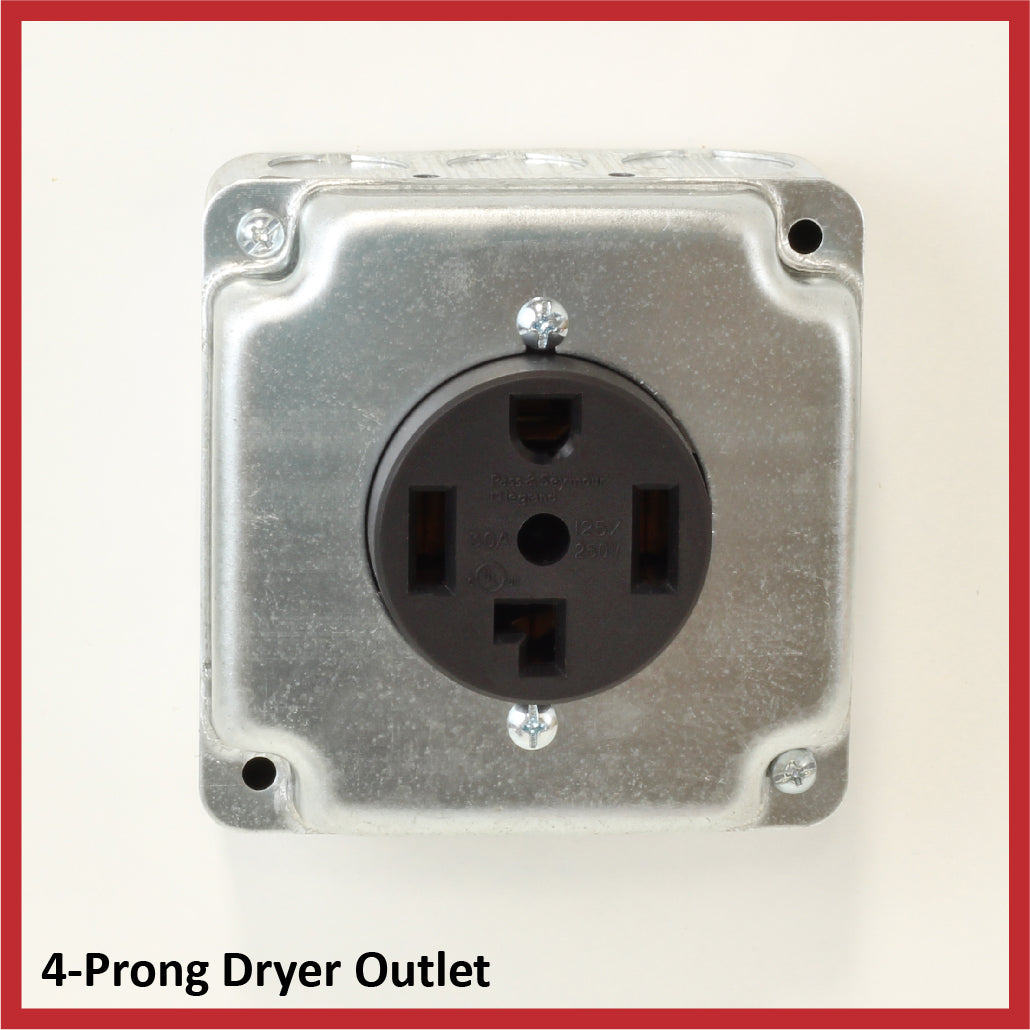
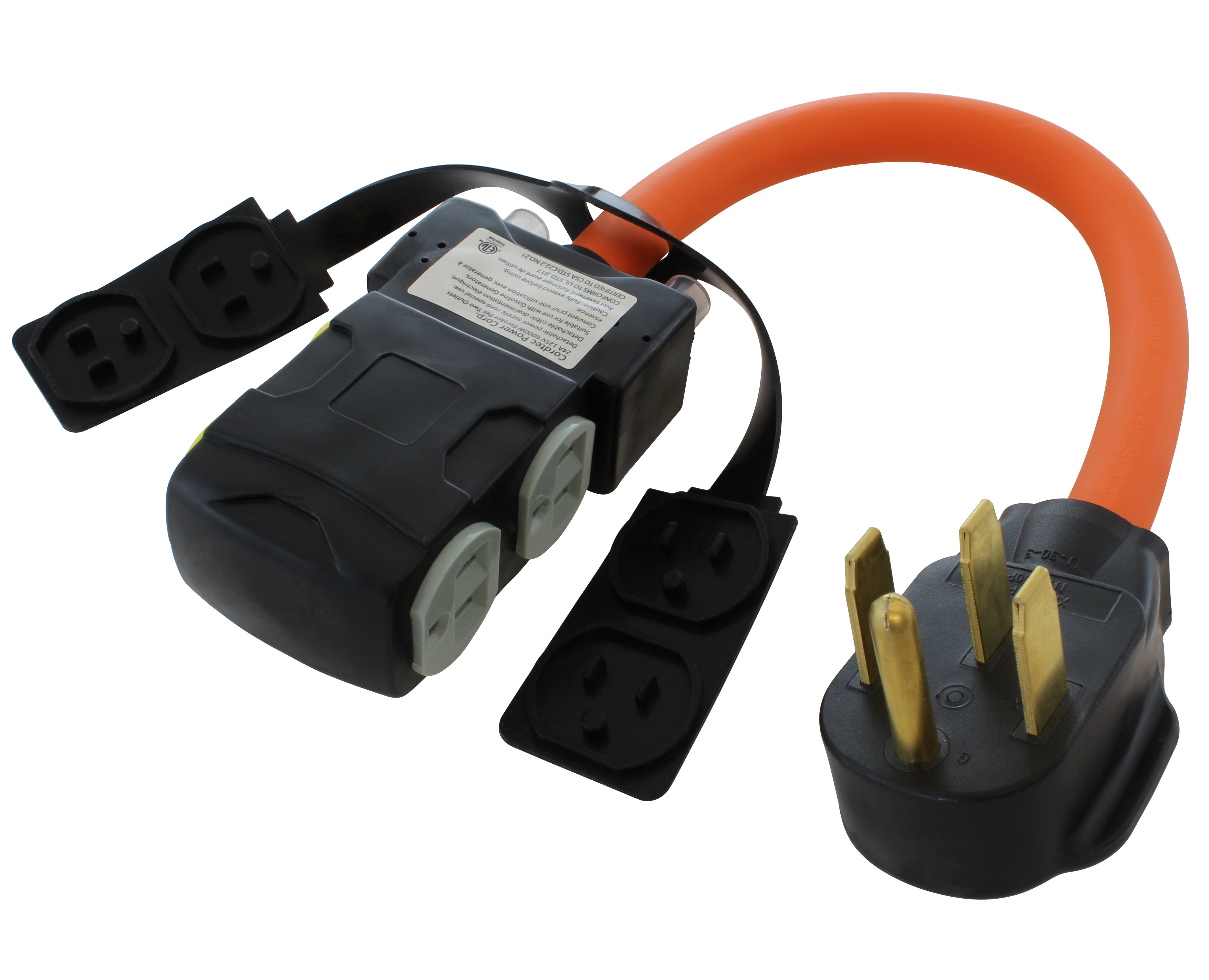
![AC WORKS® [ASINSS2PBX-G] 50A Locking 4-Wire CS6375/ SS2-50 Heavy-Duty Transfer Switch Inlet Box](http://acworks.com/cdn/shop/files/ASINSS2PBX-0_0206b362-7c90-42a5-8754-0685c13dab7e.jpg?v=1758051675&width=2500)
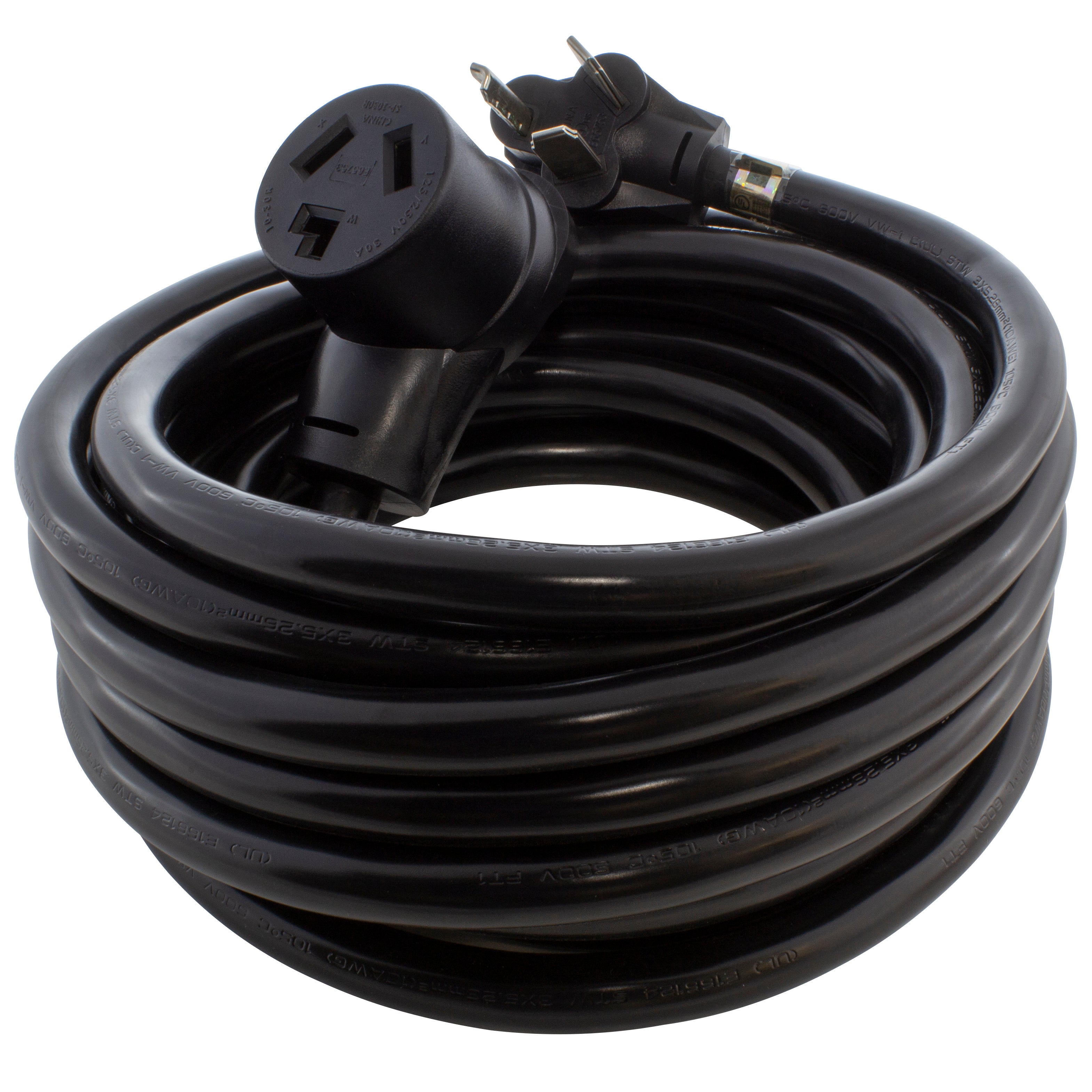
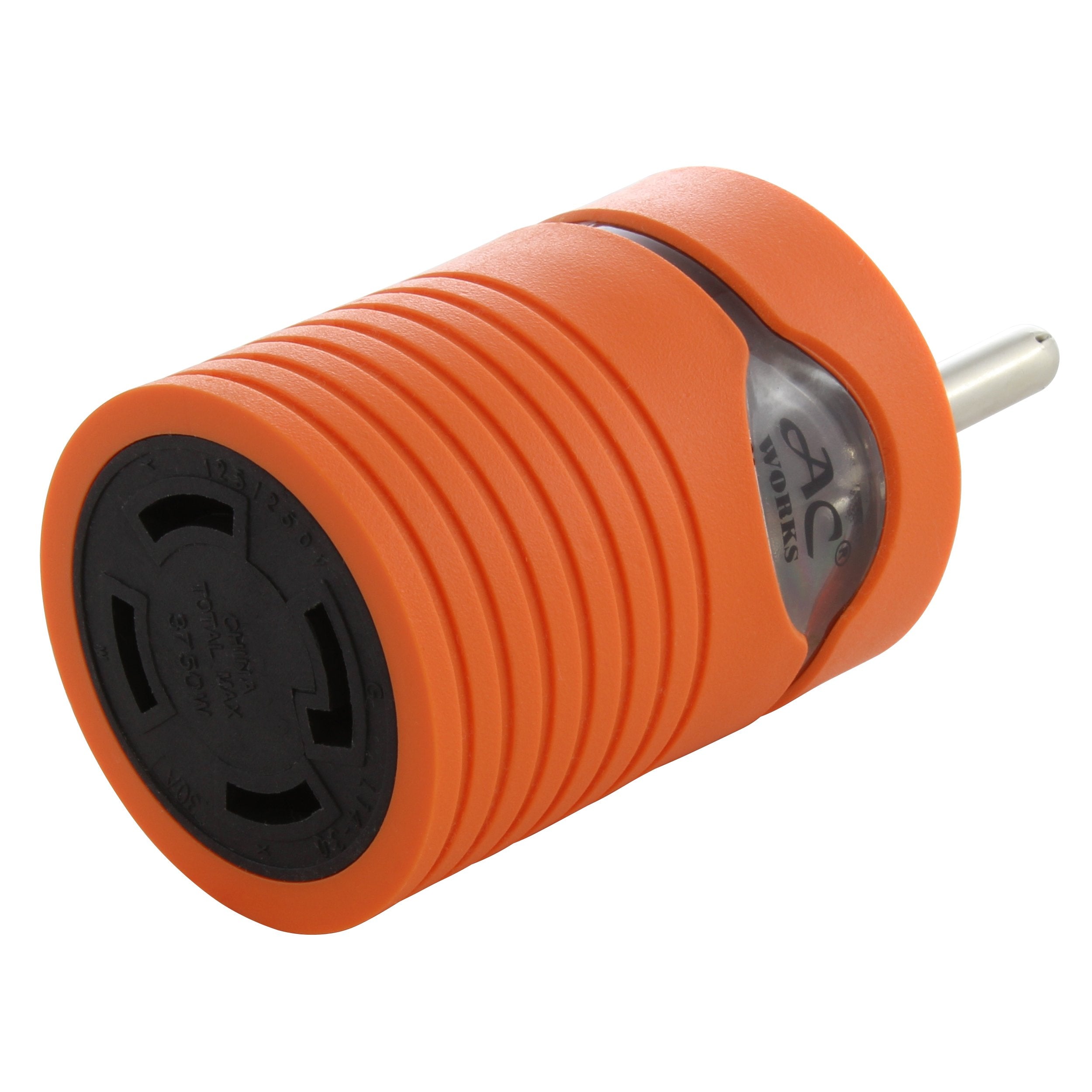
![AC WORKS® [S1430CBF520] 1.5FT 14-30P 4-Prong Dryer Plug to (4) Household Outlets with 24A Breaker](http://acworks.com/cdn/shop/products/S1430CBF520.jpg?v=1666103519&width=4656)

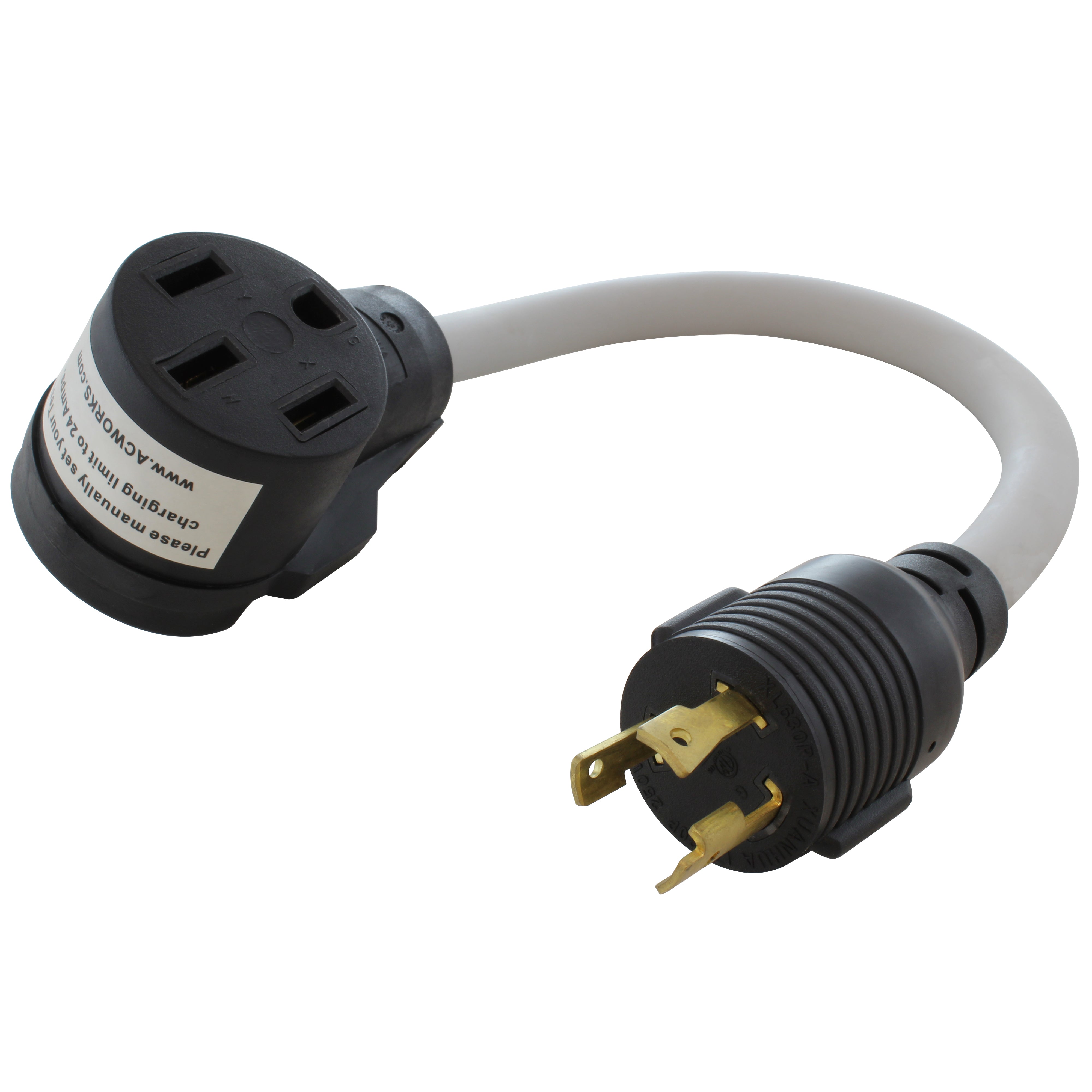
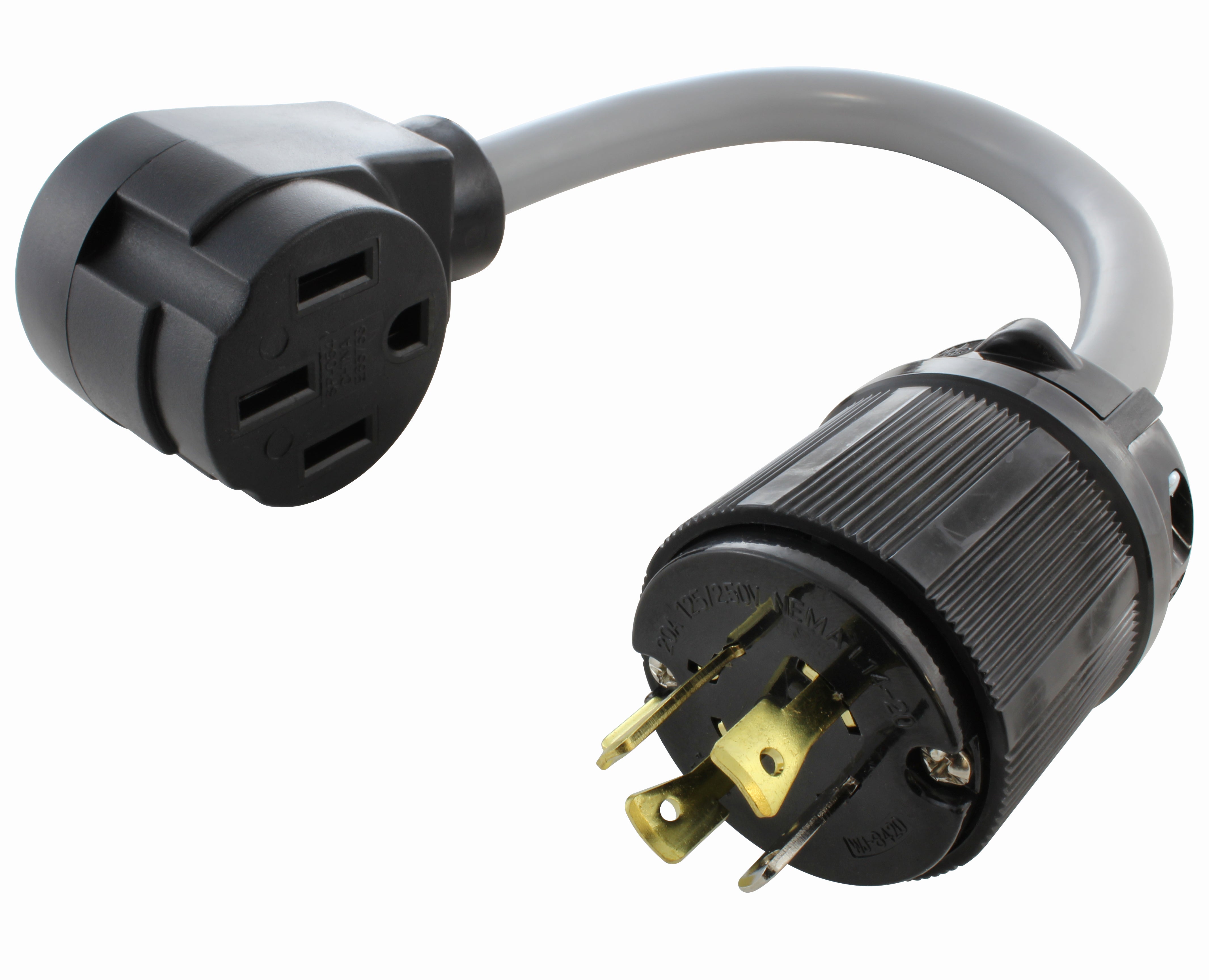
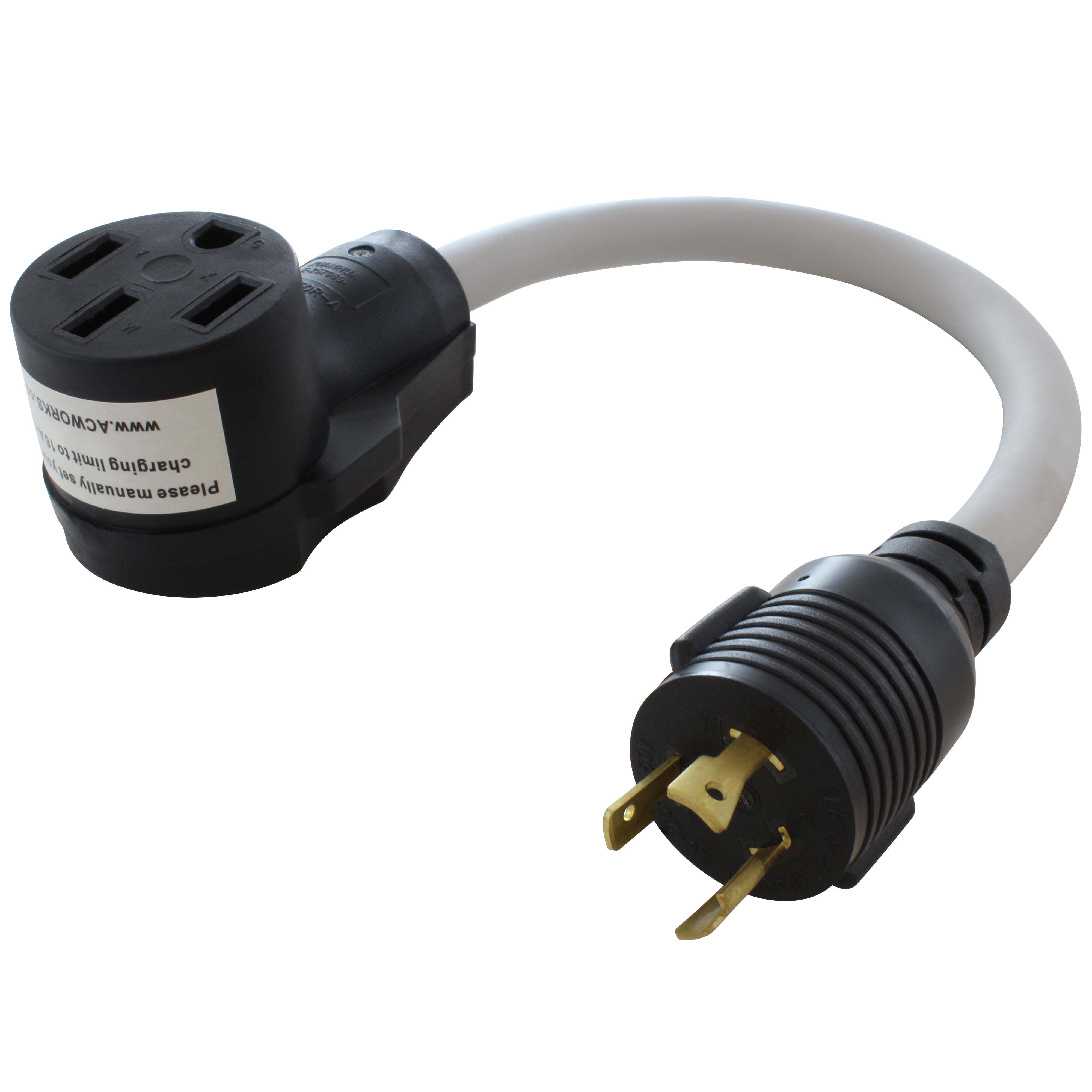

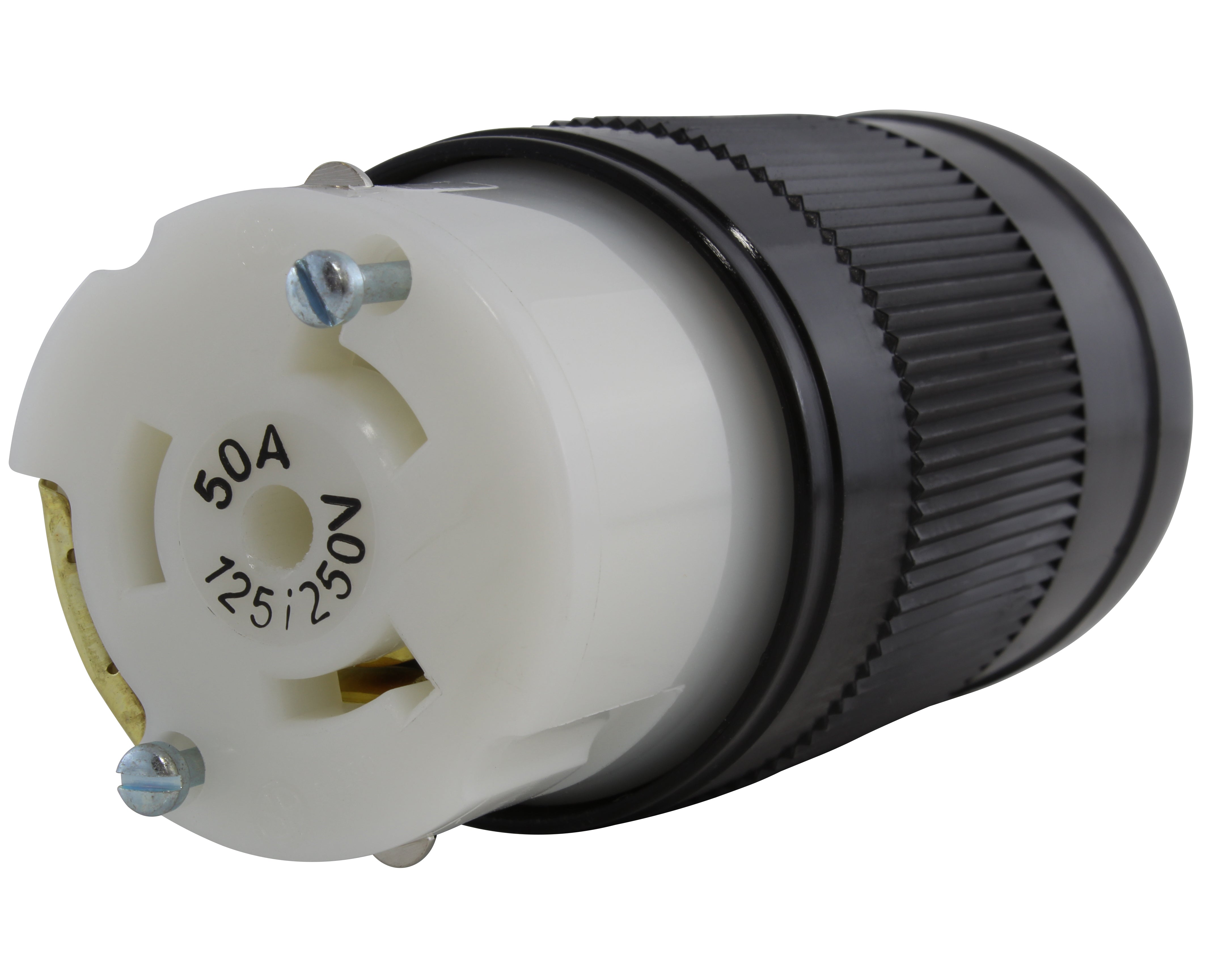

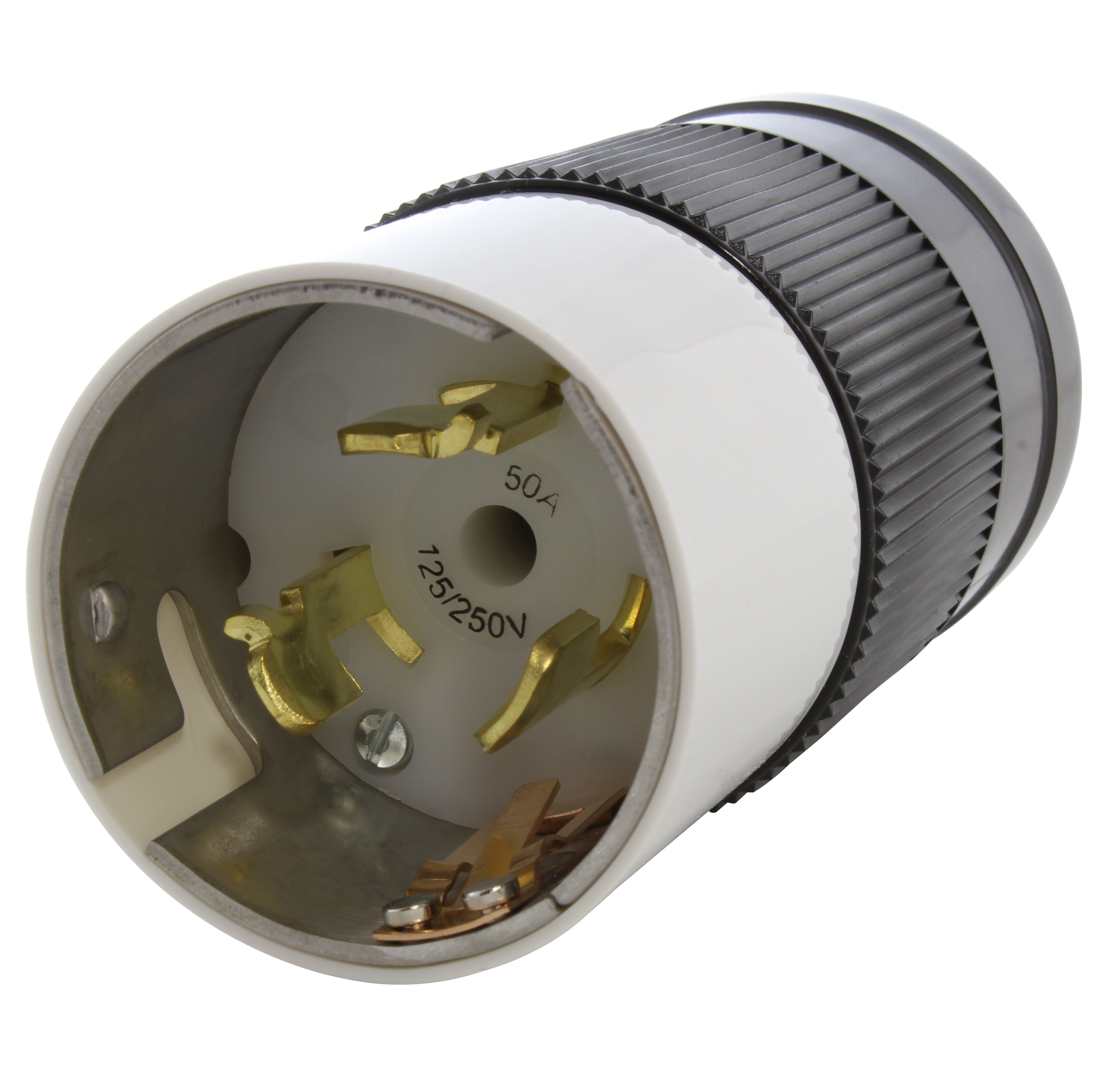
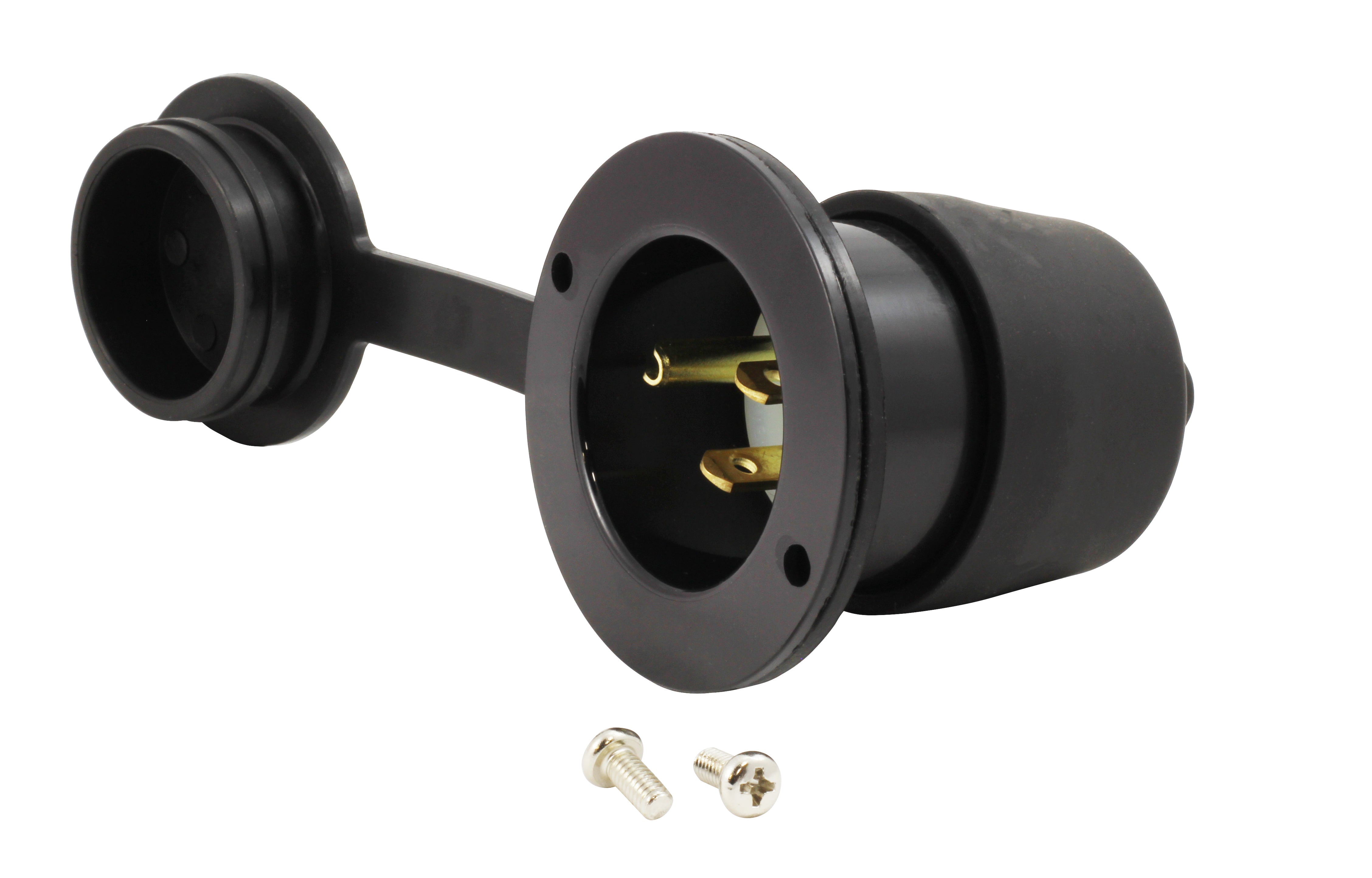

![AC WORKS® [ADV104] 3-Prong Heavy-Duty V-DUO Household Outlet Adapter](http://acworks.com/cdn/shop/products/ADV104-0.jpg?v=1605738768&width=3128)
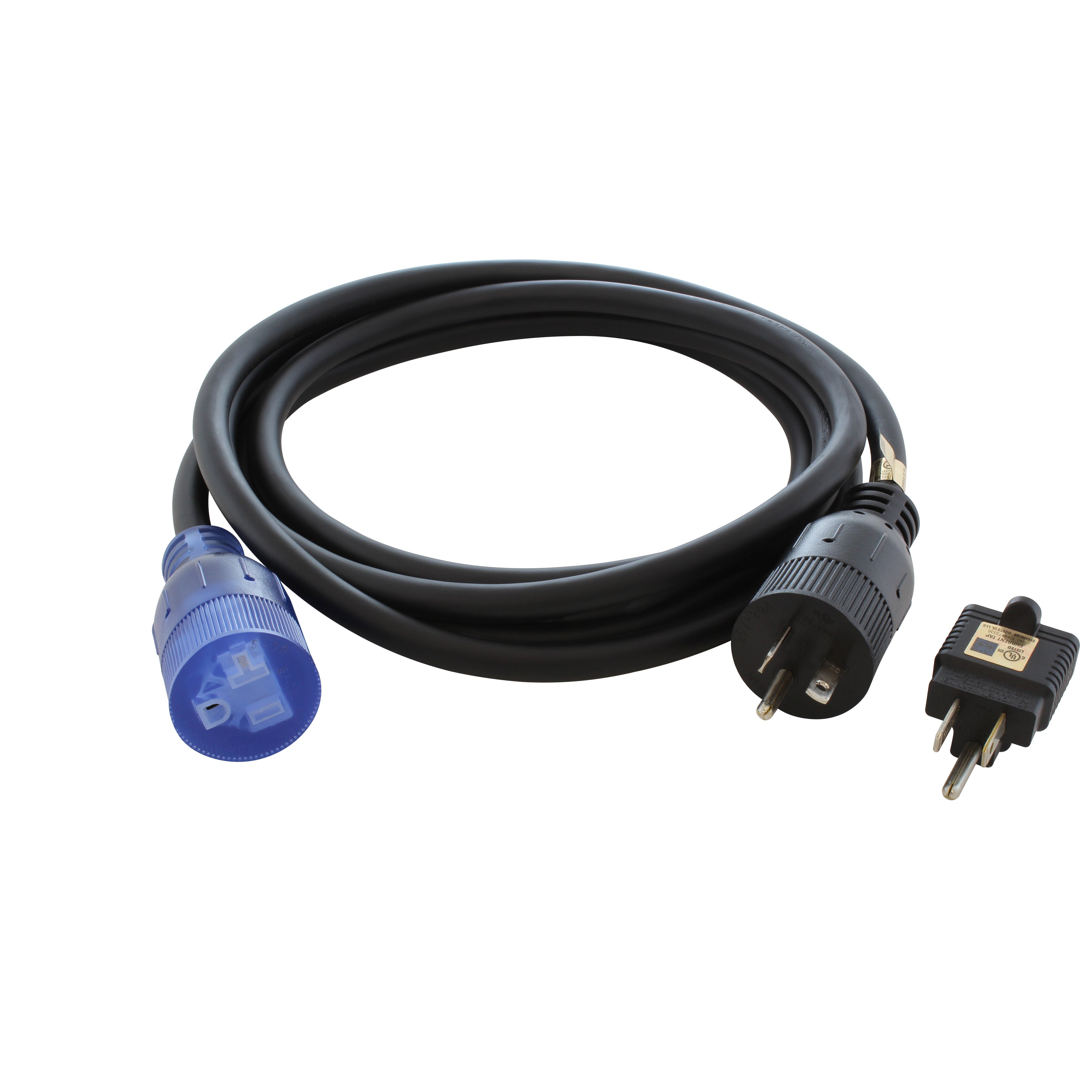
![AC WORKS® [XH515520] 15A to 15/20A 125 Volt Plug Adapter with ETL Safety Approval](http://acworks.com/cdn/shop/files/XH515520-0_daea425a-f439-48df-bb75-052167057f12.jpg?v=1729091519&width=2500)
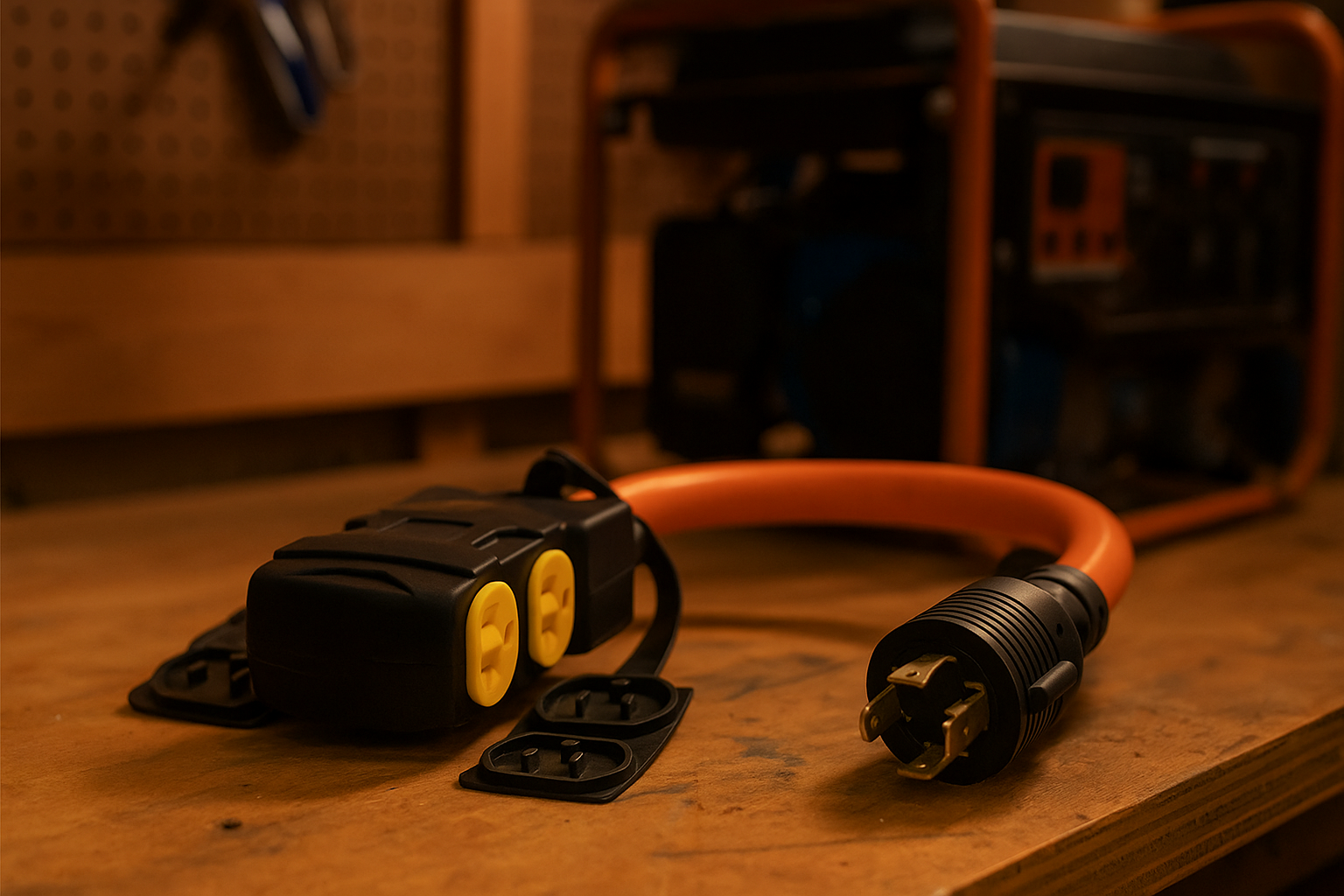


Share:
Frequently Asked Questions
Why we Love the Tesla Model S
9 comments
Hello Phillip. Fast charging stations and level 2 charging stations typically have their own cables for you to use there. If you own a Tesla, the different stations are programmed into your map so you can find them easily. Depending on the station, it will charge the fees automatically to you, or you just have to pay at the sation.
Could someone help me to understand this: If I plan a trip and find DC fast charging stations along the way, Do I have to have my own DC fast charging cable or is the cable included a the business location which says it has DC fast charging available? (or would I just have to call each location ahead of time)
Similarly, do level 2 stations at business locations have the cable included: if not, will they have 4-prong and 3-prong available? Or will I need to have an adapter? or what?….
Hello Margaret. Just did a little research on the Fiat 500E. Looks like it can do level 2 charging at 240V with an at-home charging station. There are a lot of 240V outlets out there. I can help you identify your outlet if you send an image of it to ac-creative@acconnectors.com.
I have a 250volt outlet, can it be used to charge my fiat 500e?